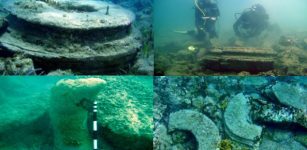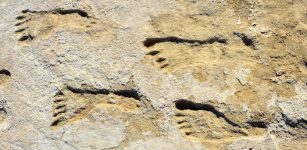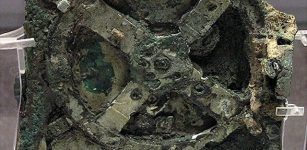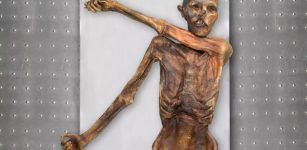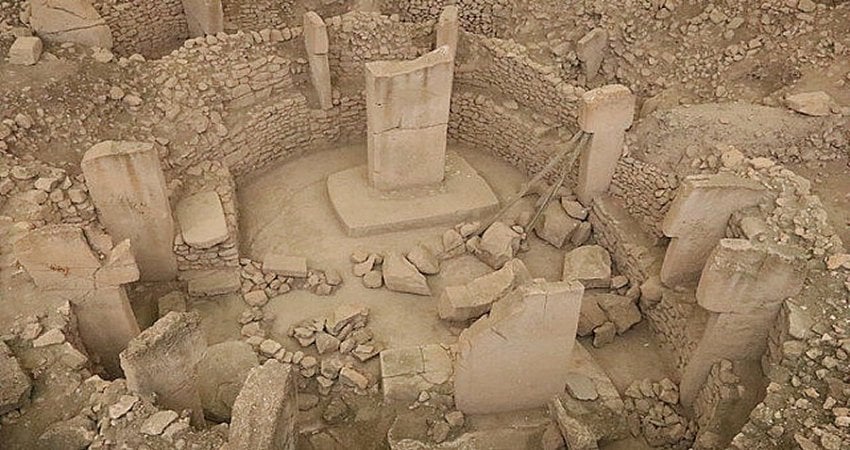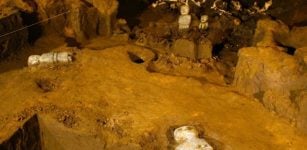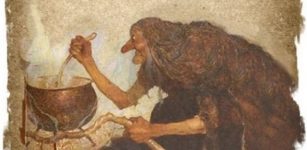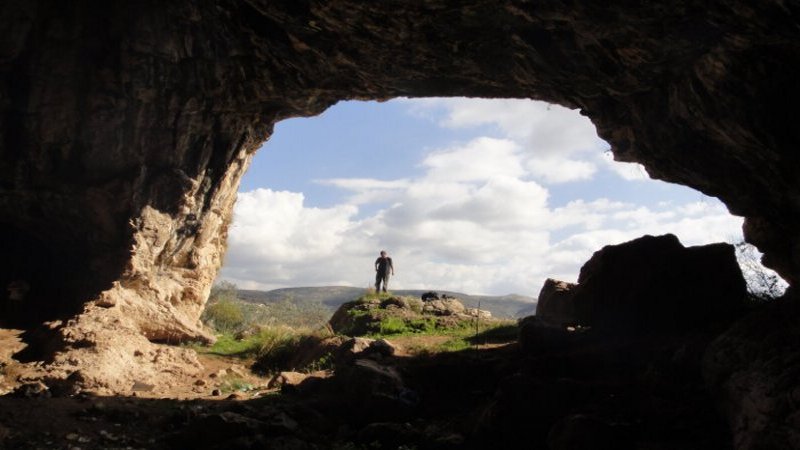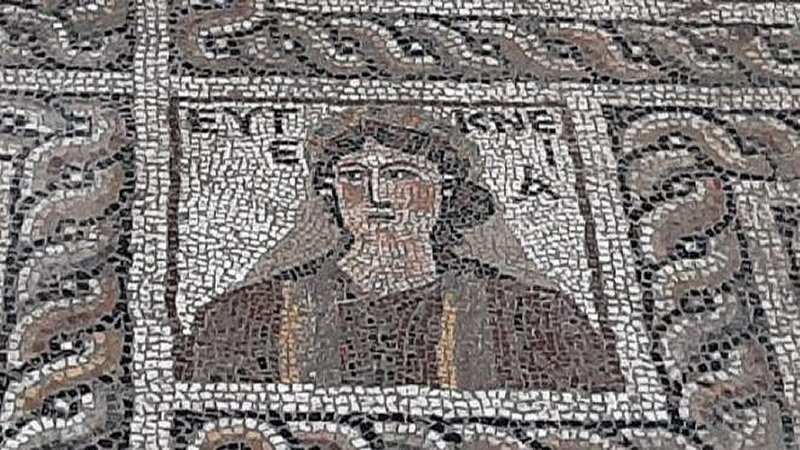Accelerated Bone Deterioration At Mesolithic Peat Bog In Ageröd, Sweden
Conny Waters – MessageToEagle.com – Researchers say that urgent action is needed regarding a well-known Mesolithic site in southern Sweden – Ageröd.
A 2019 survey of well-known archaeological site Ageröd reveals drastic bone and organic matter deterioration since the site’s initial excavations in the 1940s.
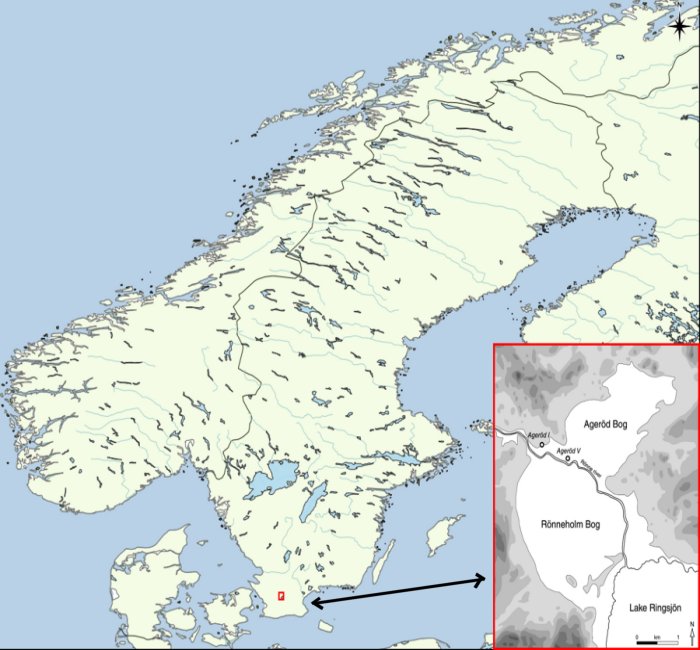
Map of Scandinavia zoomed in on the area of the Ageröd I site. Image source
Ageröd I – excavated in the 1940s and 1970s and renowned for its abundant and well-preserved quantities of bone and flint –has suffered accelerated deterioration over the last 75 years.
Researchers led by Adam Boethius of Lund University, Sweden note that though Ageröd still holds significance, it has already lost many of its unique preservation properties–and if future steps to protect the site are not taken, then the organic remains preserved in its peat bog for 9000 years will soon be lost forever.
“The fact is that we know very little of the state of our buried archaeological remains from most areas, but we are increasingly becoming aware of their rapid destruction,” the authors of the paper said.
“If we do nothing, wait, and hope for the best it is likely that the archaeo-organic remains in many areas will be gone in a decade or two.
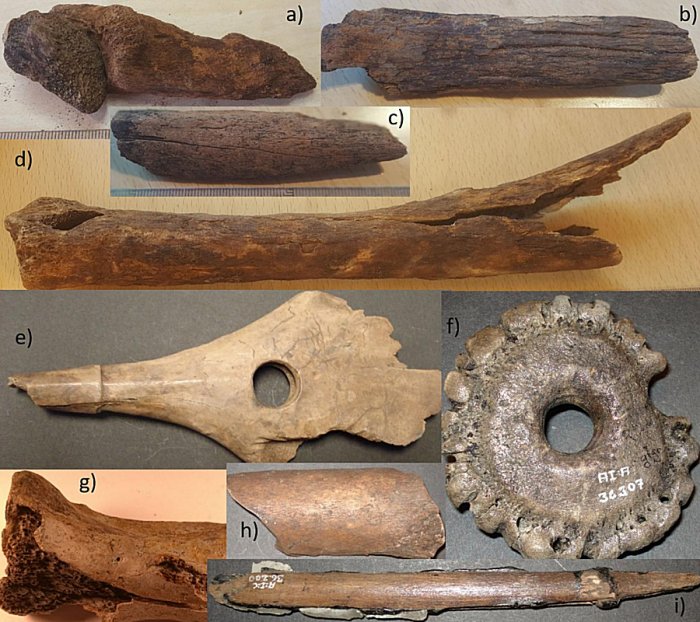
Organic bone preservation at Ageröd. a-d bones from 2019; e-i from old excavations. a) astragalus and calcaneus from wild boar found articulated in the transition between white cultural layer and lower peat in trench 205, likely deposited in wet conditions with tendons and ligament still connected, weathering category 8. b) metatarsal from aurochs found in white cultural layer in trench 217, weathering category 6. c) radius diaphysis from elk found in white cultural layer in trench 201, one of the best-preserved bone fragments from the 2019 excavation, weathering category 3. d) tibia from red deer found in white cultural layer of trench 205, weathering category 7. e) drilled and ornated cervid antler from the 1940s, weathering category3. f) “net sinker” made from burr of red deer antler, from the 1940s excavation, weathering category 2. g) scapula from red deer found in the white layer in the 1970s, weathering category 3. h) femur diaphysis from aurochs from the 1940s, weathering category 2. i) slotted bone point from the 1940s, in mint condition with resin and inserted microliths. Images credit: Boethius et al (2020)–PLOS ONE
Once it is gone there is no going back and what is lost will be lost forever. It is worth considering, especially given recent advances in archaeological molecular science, i.e. aDNA and stable isotopes, etc. If the organic remains deteriorate, these types of analyses will not be possible to do anymore, and given the information, we are now generating from them it will be a devastating blow to our understanding of ancient cultures, diet and subsistence strategies, migration and mobility, etc.”
“We conclude that while Ageröd can still be considered an important site, it has lost much of the properties that made it unique. If no actions are taken to secure its future preservation, the site will soon lose the organic remains that before modern encroachment and climate change had been preserved for 9000 years.”
Written by Conny Waters – MessageToEagle.com – AncientPages.com Staff Writer

